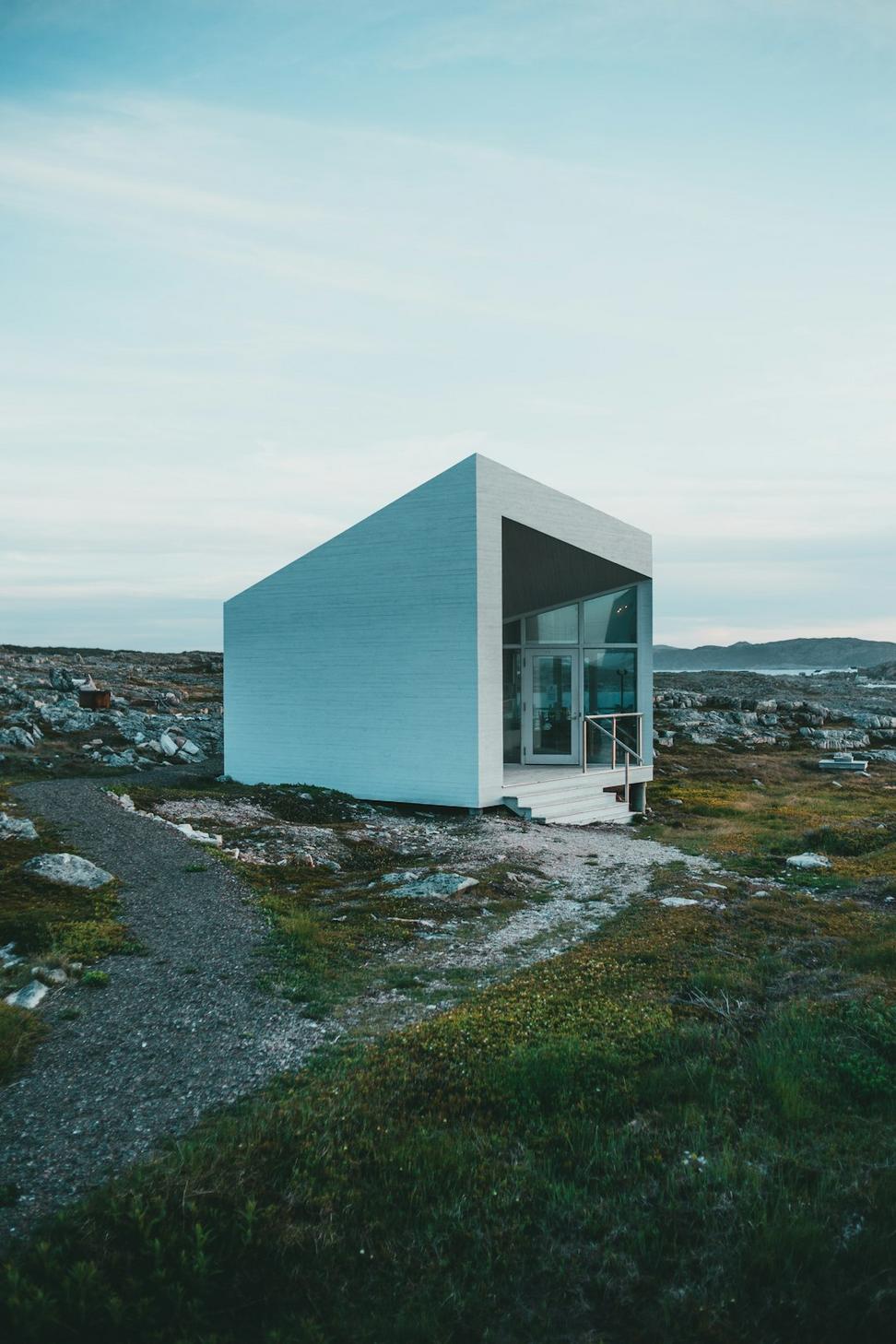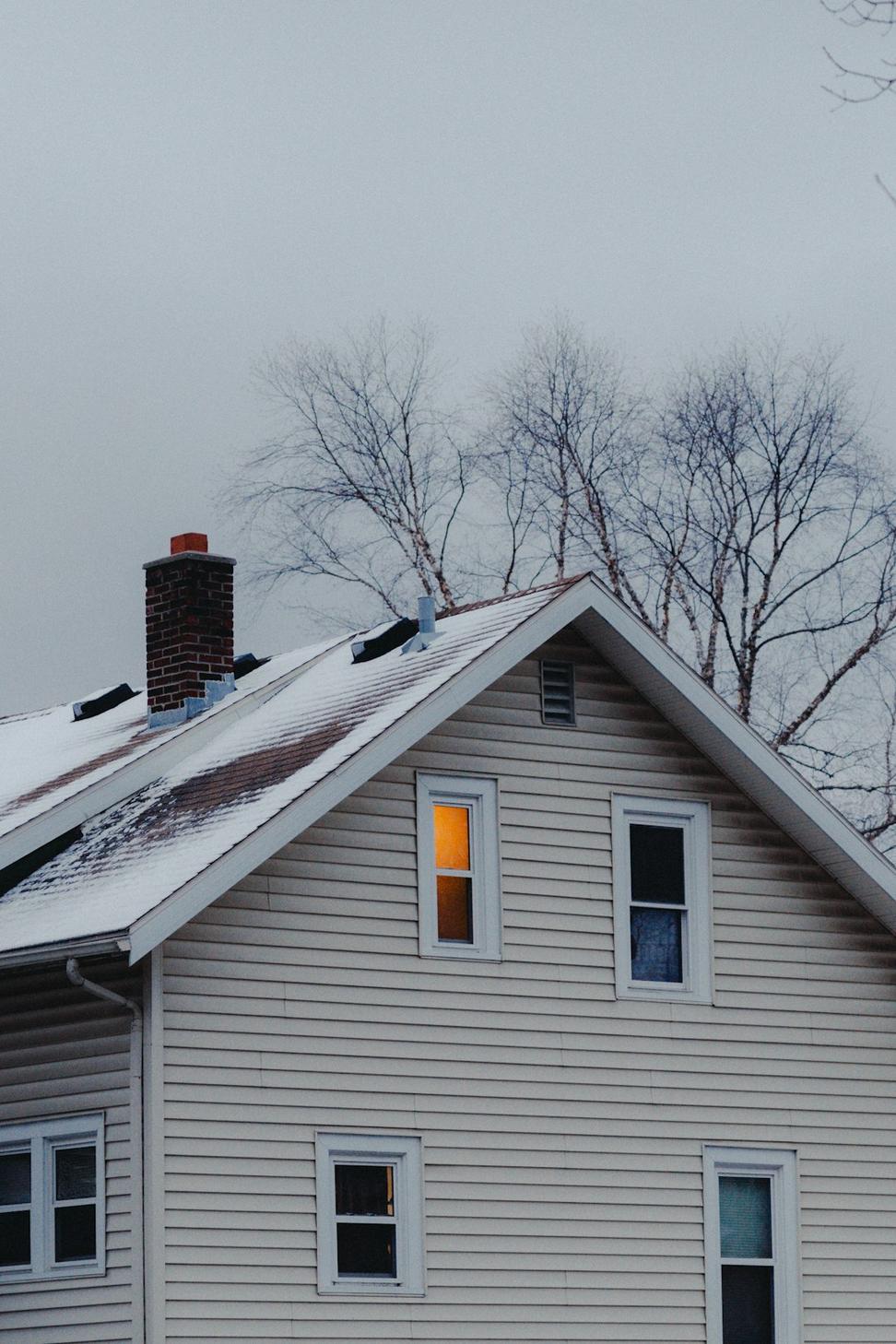
Honest Talk About Green Building
Look, designing for the Arctic isn't like anywhere else. You can't just slap some solar panels on a roof and call it sustainable when you've got six months of darkness and temperatures that'll freeze your coffee mid-pour.
We've spent years figuring out what actually works up north - not what looks good in magazines or wins awards down south. Real sustainability here means buildings that last, materials that make sense, and designs that respect both the land and the people who've been living here way longer than we have.
Every project teaches us something new. Some ideas flop. Others surprise us. That's just how it goes when you're working at the edge of what's comfortable.
